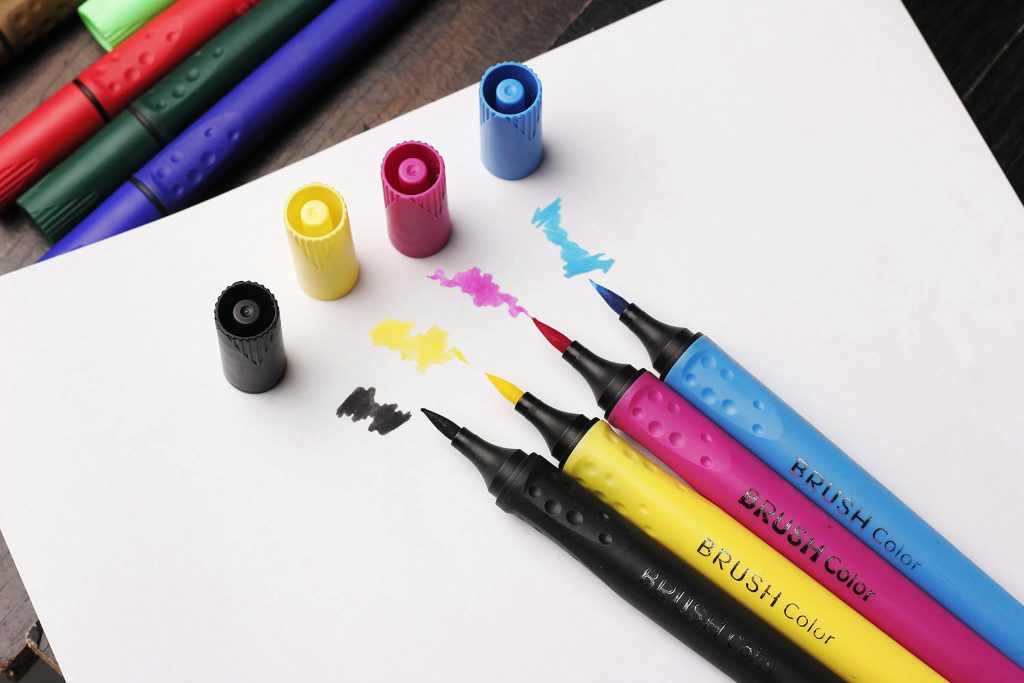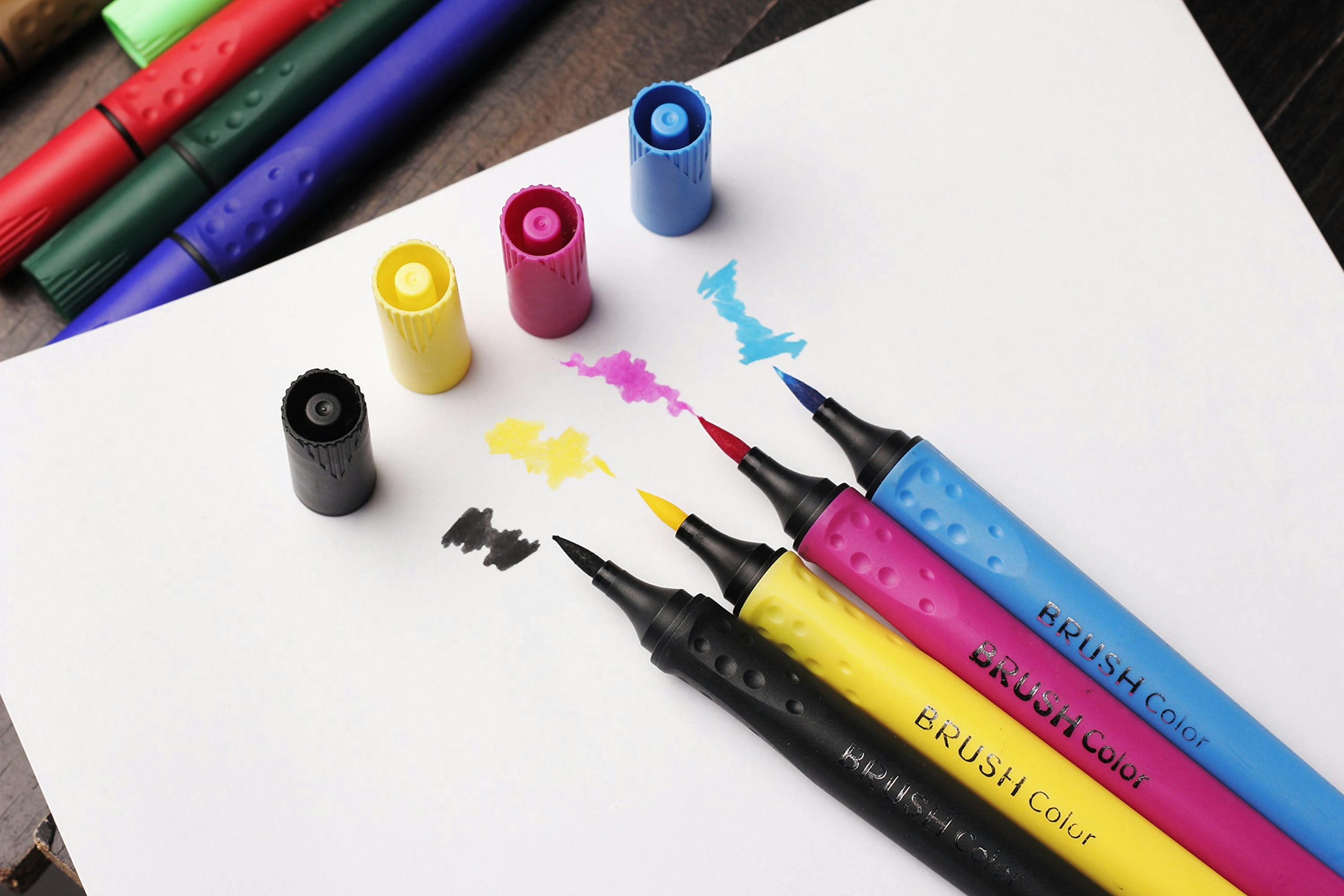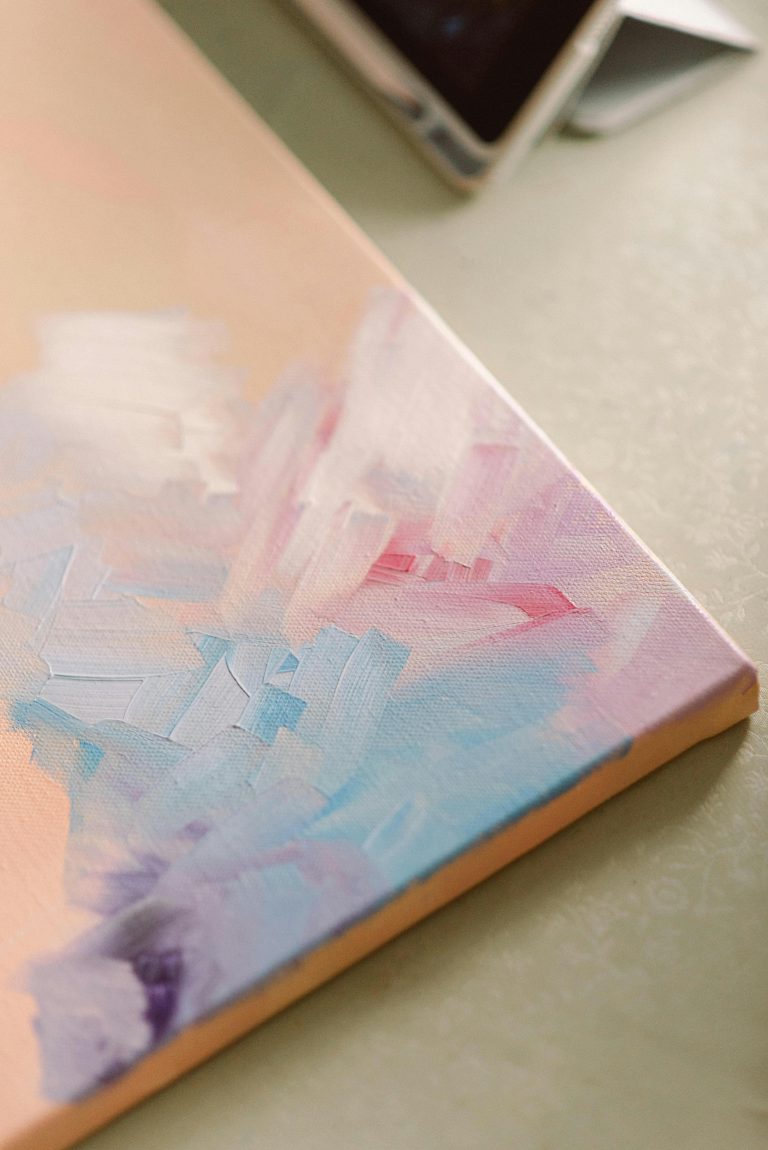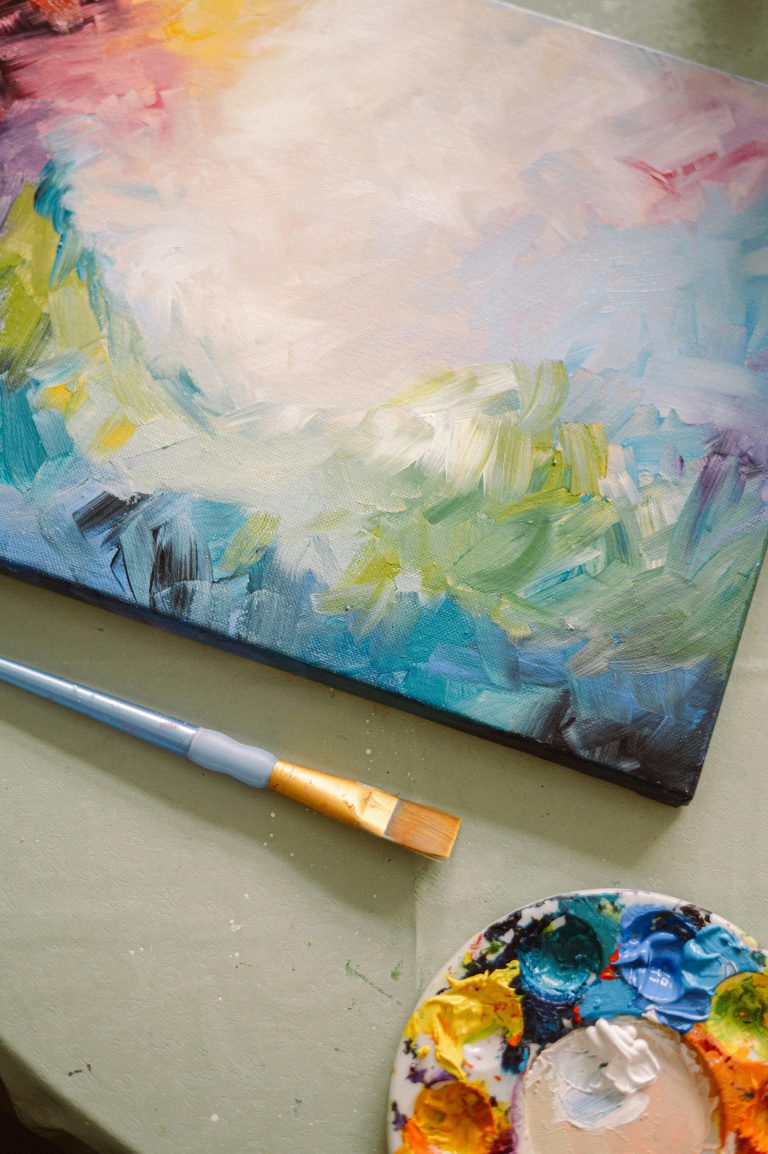The Calming Power of a Coloring Routine: How to Turn Art Into Self-Care
Why a Coloring Routine Works Wonders for Your Mind
Coloring isn’t just for kids—it’s one of the simplest ways to relax your nervous system and reset your mind. When we color, we shift our focus away from stress, screens, and multitasking, and into a calm, repetitive action that helps the brain settle. Psychology studies have shown that mindful coloring can lower anxiety, increase focus, and even improve sleep quality when practiced regularly.
Creating a simple, structured coloring routine turns this peaceful activity into a form of self-care—something you can return to whenever you need stillness.
Step 1: Set the Mood
Start by choosing a quiet, cozy space. Light a candle, turn on soft music or ambient sounds, and lower the lights. The goal is to create an environment that feels like a gentle escape. Many people find that playing satisfying background sounds—like light rain, soft jazz, or forest ambiance—helps deepen the relaxing effect.
If you want a sensory boost, make a warm drink like tea or cocoa to sip while you color. The goal here isn’t perfection—it’s peace.
Step 2: Choose the Right Coloring Pages
Go with whatever speaks to your mood that day. Floral patterns are great for calm and elegance. Mandalas help with focus. Cute animals or dreamy scenes bring a childlike joy. At SootheSync, we recommend choosing pages with soft, flowing shapes or minimalist line art that doesn’t feel overwhelming.
You can even create a small coloring binder or folder of your favorites so it becomes a go-to escape when you need a break.
Step 3: Pick a Calming Color Palette
Try using muted or pastel shades like dusty rose, sage green, soft lavender, or baby blue. These colors are naturally calming and visually gentle. If you’re feeling more expressive, go for mood-driven palettes: warm neutrals for comfort, cool tones for clarity, or rich hues when you need a little creative spark.
Using limited palettes (3 to 5 colors) can also help reduce decision fatigue and make the process more meditative.
Step 4: Breathe as You Color
Coloring is a form of active mindfulness. As you move your pencil or marker across the page, match your breathing to your strokes. Inhale slowly as you start a new section. Exhale as you shade it in. If your thoughts wander, gently guide them back to the colors, shapes, and textures in front of you.
This quiet awareness naturally calms the brain and body—almost like a form of meditation without the pressure to sit still.
Step 5: Make It a Daily or Weekly Ritual
Whether it’s 10 minutes in the morning to ease into your day or 20 minutes before bed to wind down, a coloring routine is most effective when it becomes regular. Keep your supplies easily accessible so there’s no pressure. Even a few small strokes a day can shift your mindset and give you a moment of calm in the chaos.
Pair it with other rituals, like journaling, stretching, or skincare, to create a full wellness experience.
Final Thoughts
A coloring routine isn’t about staying inside the lines—it’s about creating space for calm. In a world that moves too fast, coloring reminds us to slow down, breathe, and enjoy the little moments of stillness. It’s quiet joy. Gentle healing. And the kind of self-care that doesn’t ask for much—just a little time, attention, and color.
For more ways to slow down and reset, keep coming back to SootheSync.







